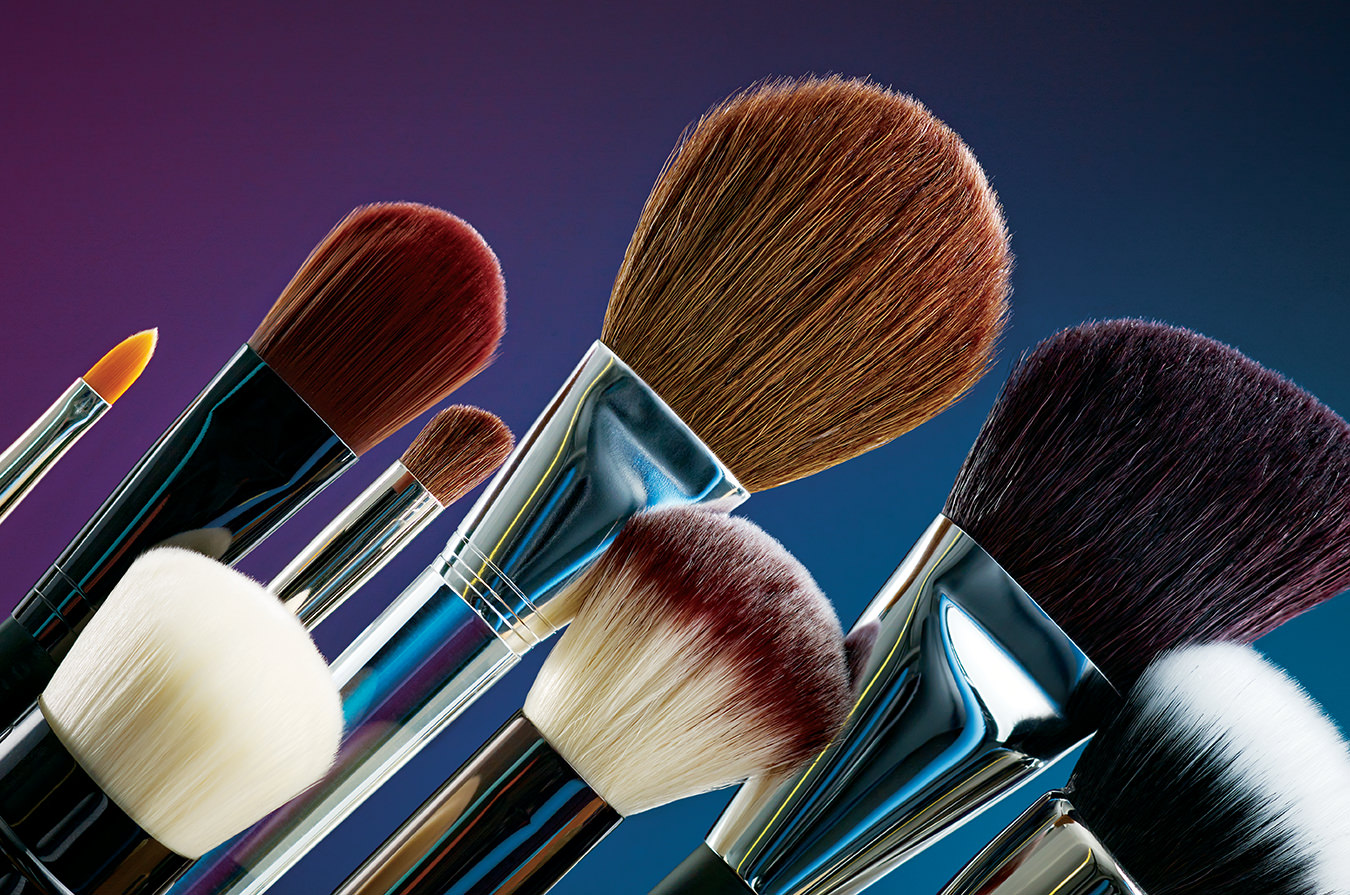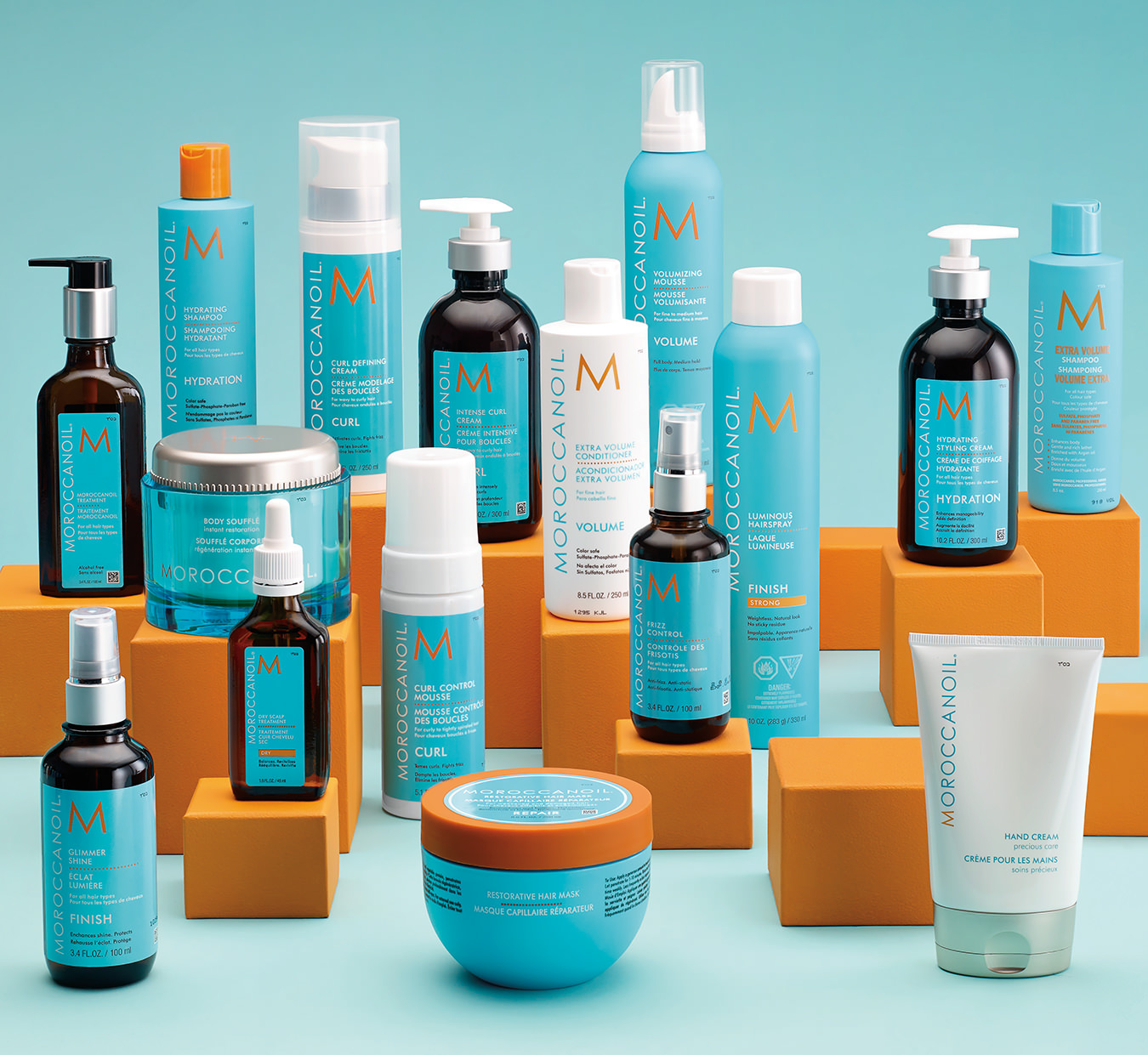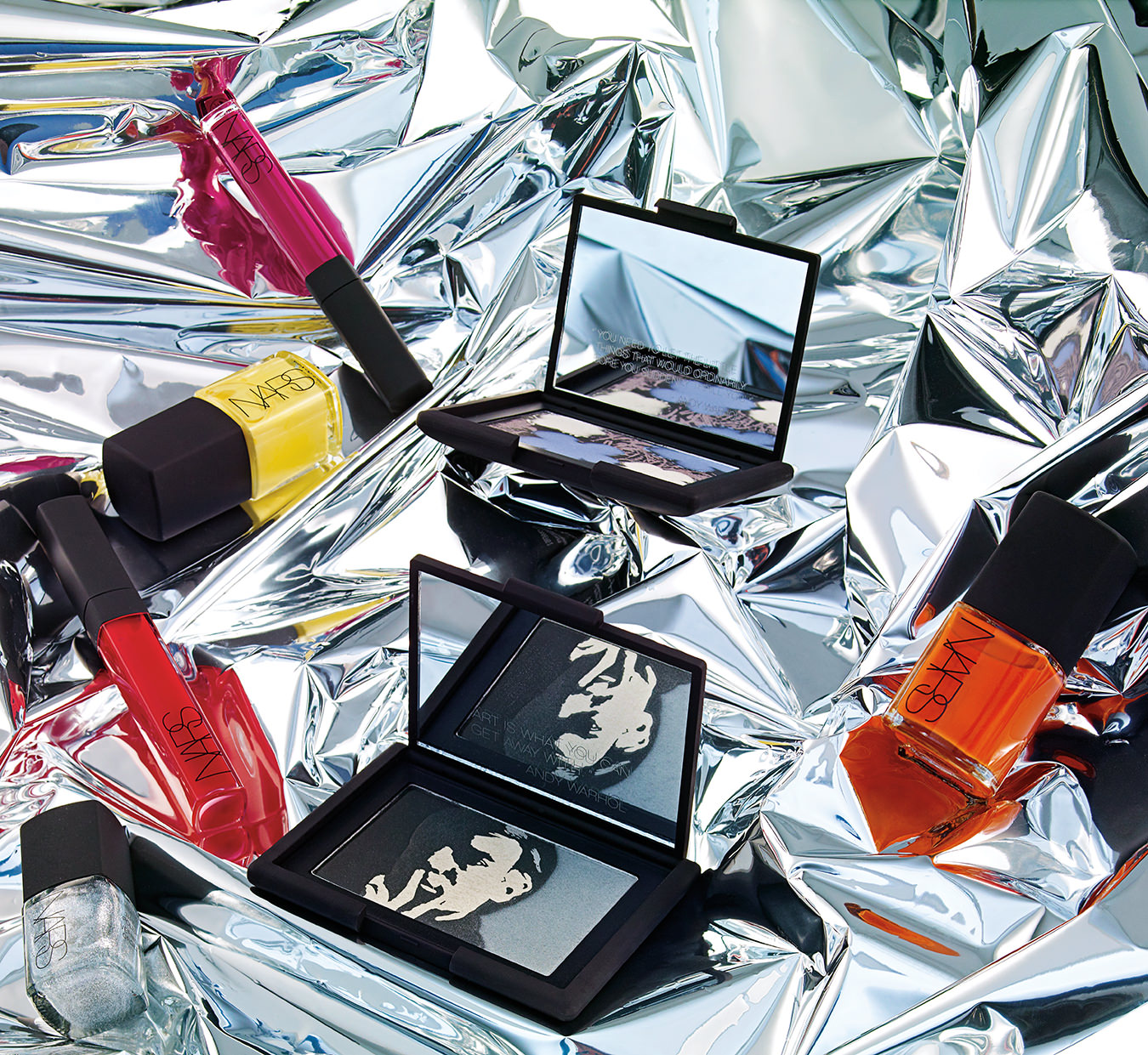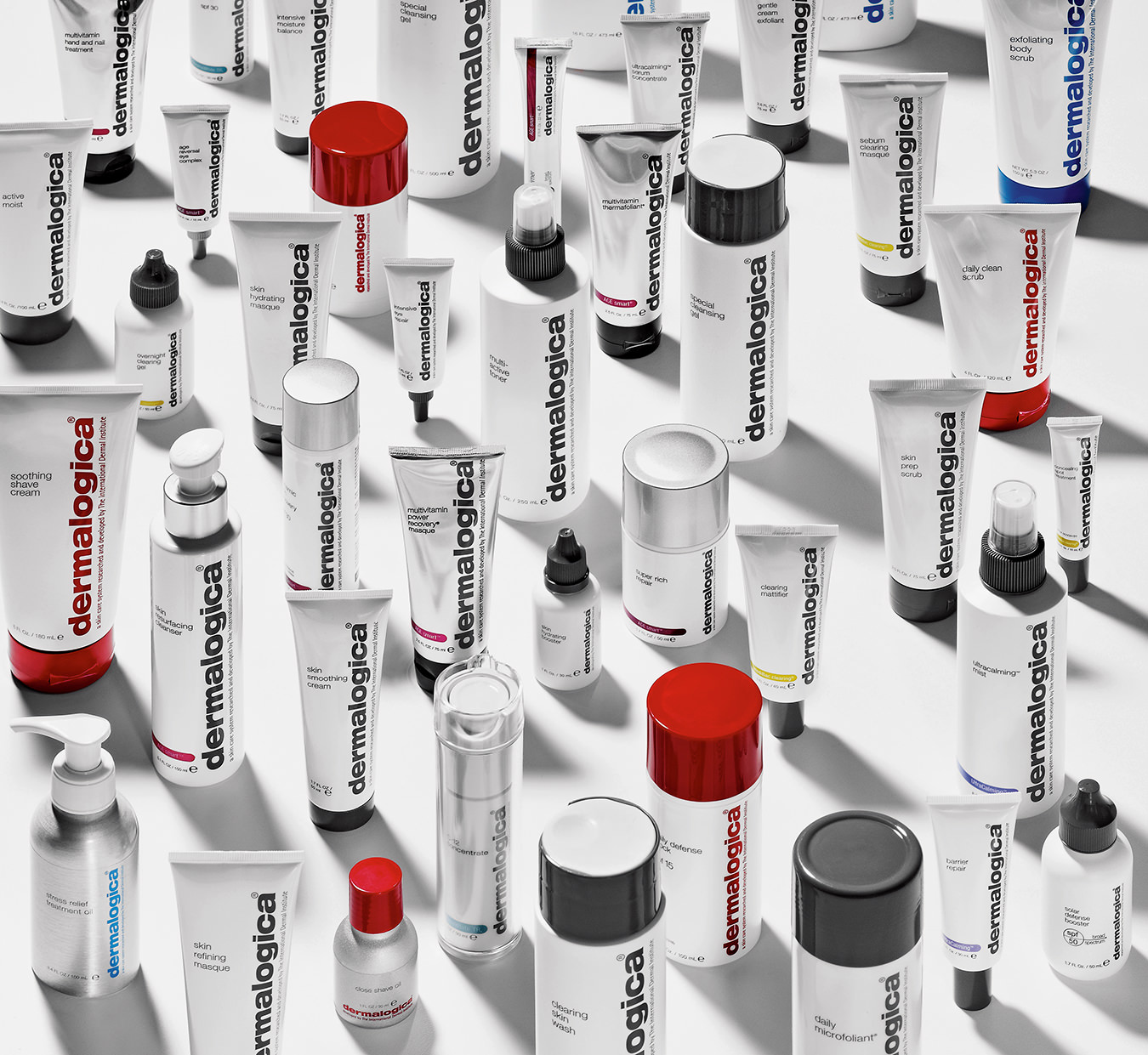Brushwork
The new generation of makeup brushes.

Makeup brushes have long been underappreciated. Often used incorrectly, the brush has an ongoing relationship with its makeup counterparts and the faces they inhabit.
“What changed the game back in the nineties were the makeup artists and the brands they were creating,” says Andrea Robinson, former president of Tom Ford Beauty and author of the newly published Toss the Gloss. “Trish McEvoy was the true pioneer to introduce a set of brushes that other makeup artists used. Then others like M.A.C, Bobbi Brown, and Laura Mercier followed.”
Today, there’s a plethora of offerings for the eyes, brows, cheeks, and lips. Some brushes provide surgeon-like precision. Others encompass most of the face in one swoosh. Firm, soft, dense and supple, some brushes contour or highlight, while others give full coverage. From sable to synthetic, straight-up to angled, fanned out to fatteningly full, there are more brush choices than ever before.
“The right brushes make the biggest difference when it comes to applying your makeup,” says makeup mogul Bobbi Brown, whose company makes a total of 22 brushes. “They’re as important as the makeup itself. The correct brush allows you to control precisely where you want to apply your makeup and how much or how little you want to wear. You can even use your brushes to change the texture and finish of your makeup.”
For some, brushes are where luxury meets creativity. Chanel has 19 makeup brushes, including their extremely soft, cleverly designed Retractable Kabuki Brush, created specifically to apply Les Beiges Healthy Glow Sheer Powder. “It’s silky and wonderfully constructed,” says Julie Cusson, Chanel’s national makeup artist for Canada, who cites it as one of her favourites, along with the Foundation Brush No. 6 and Powder Brush No. 1.
Working in tandem with specific products, many brushes are an extension to already existing items in a designer’s collection. Giorgio Armani Beauty has 10 brushes, including its Designer Foundation Expert Shaping Brush, created to optimize the application of its shaping and firming cream foundation, Luminous Silk Foundation. Laura Mercier, who might win for generating the largest number at 30 brushes, created her most unusual one, the Angled Eye Liner Brush, to work specifically with her Crème Eye Liner. “The angled ferrule allows you to reach up over the lashes to easily apply the eyeliner along the lash line,” explains Matin Maulawizada, Laura Mercier’s global brand ambassador. The Secret Camouflage Brush was “specifically designed so women can easily conceal tiny blemishes and spots when using its counterpart, the Secret Camouflage,” she adds.
From sable to synthetic, straight-up to angled, fanned out to fatteningly full, there are more brush choices than ever before.
By Terry’s brush portfolio offers eight. “High-quality brushes are like magic wands,” says Terry de Gunzburg, the company’s founder and creator. Be it her stencil (Foundation Brush, Precision 6), dome (Pencil Brush, Dome 3), or taper (Eye Sculpting Brush, Angled 1), each shape offers a different application. “Brushes are necessary for precision application that you wouldn’t be able to achieve with the fingers and hands alone. They’re also more hygienic and allow the product to last longer and penetrate better.” Like others, she agrees that foundation, blusher, and eyeliner brushes are among the most important to own.
Rouge Bunny Rouge, a Moscow-based cosmetics and fragrance brand that arrived in North America this year, offers a cosmetic line and 16 brushes, including a Blender Brush, and a Face Contour Brush, which was designed to help emphasize facial curvature. “A good brush should transform the product on the skin—that’s part of the act of putting makeup on,” explains Alexandra De Montfort, the company’s founder. “For me, it’s an absolute necessity to carry brushes. It’s a reflection of the brand’s attitude towards its craft.”
The type of fibre and blend of a brush can deliver makeup efficiently or sloppily. Andrea Robinson also gives a nod to materials. “Sable was the staple of natural hairs, but technology proved brushes could be created from hairs like goat and pony,” she says. “They are less expensive and still effective.” And the longer the bristle, the softer the application. And shorter hairs give you heavier, more intense coverage. “Before purchasing any brush, test how the bristles feel against the skin and run your finger through the bristles to make sure they don’t shed or break,” suggests Bobbi Brown. “Synthetic [brushes] are best to use when applying creamy products, such as concealer, gel liners, and lip colours, while natural bristles are very soft and work best with powder-based products like blush, powder, and eyeshadow.”
As with anything, brushes need care. Makeup, oil, dirt, and bacteria get trapped in the bristles, which can cause your skin to break out, so cleaning your brushes at least once a month should become part of your beauty routine. Most cosmetic companies offer brush cleansers, though liquid soap and shampoo work, too. Use lukewarm water, and it’s important to get deep inside the bristles—swirl the brush around in a cup of soapy water and use your fingers. Be careful not to get the brush barrel too wet, as it can rust or loosen the fibres, causing them to fall out. As brushes take six to eight hours to dry, washing them at night will have them makeup-ready in the morning. If your brushes feel slightly stiff after washing, show them some love and use a small amount of conditioner, as you would with your hair. Give a final rinse, gently wring them out, pat them dry, and lay them flat to dry on a fresh towel.
The past few years has seen the emergence of antibacterial brushes. Hourglass Cosmetics uses extra-soft Taklon bristles, and both Clinique and Japonesque Mineral Brushes incorporate an antibacterial technology that helps protect fibres from bacterial growth.
Given all these innovations, it’s no wonder that consumers have to be savvier, more educated, and interested in not only how their products work but also what will enhance the experience. “Brushes are not always easy to use, but time and teaching takes care of everything,” says Robinson. “But it’s technology that will make them more ergonomic and transformative and, thus, more popular.”




